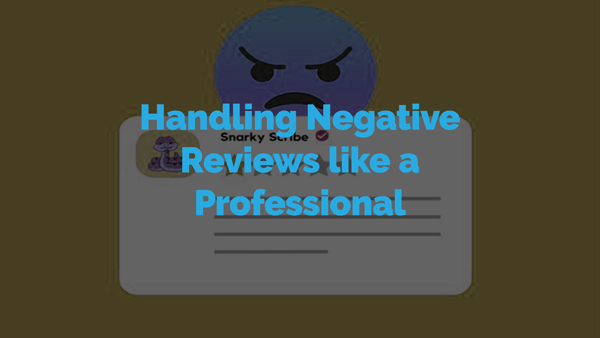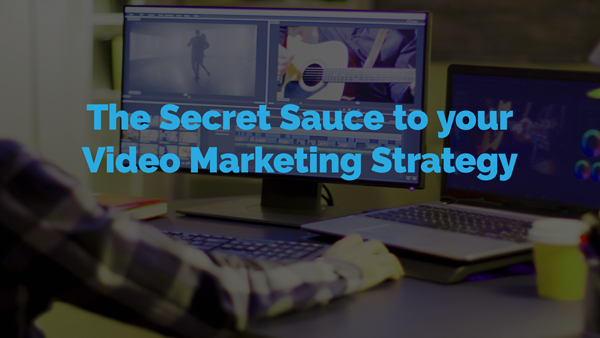In today’s digital age, email marketing remains one of the most effective ways for businesses to reach and engage with their target audience. However, with so many businesses vying for attention in our increasingly crowded inboxes, it’s more important than ever to create email campaigns that stand out from the crowd and inspire action.
In this article, we’ll share some tips for creating successful email marketing campaigns that will help your business achieve its marketing goals. From defining your target audience and crafting attention-grabbing subject lines, to creating compelling content and optimising for mobile devices, we’ll cover all the key elements you need to consider when designing and implementing your email campaigns.
We’ll also explore the importance of testing and optimisation, and how you can use data and analytics to continually improve the effectiveness of your email marketing. Additionally, we’ll discuss the benefits of personalisation and automation, and how you can use these tactics to increase engagement and conversions.
Whether you’re a small business owner just starting out with email marketing or a seasoned marketer looking to take your campaigns to the next level, this article will provide you with the insights and strategies you need to succeed. So, let’s get started and unlock the full potential of email marketing for your business.

Define your audience & goals
Define your audience and goals Before you begin creating your email campaign, it’s important to define your target audience and what you hope to achieve with your email marketing. Who is your ideal customer? What are their needs and interests? What specific action do you want them to take after reading your email? Once you have a clear understanding of your audience and goals, you can tailor your email content to be more relevant and effective.
Build a quality email list
Your email list is the foundation of your email marketing campaign, and it’s important to ensure that it’s comprised of quality leads. Avoid buying email lists or adding people without their permission, as this can damage your reputation and lead to high unsubscribe rates. Instead, focus on building your email list organically through lead generation tactics such as offering a free ebook or webinar in exchange for email sign-ups.
Craft attention-grabbing subject lines
The subject line is the first thing that your audience sees when they receive your email, and it can make or break whether they open it. To grab your audience’s attention, your subject line should be concise, compelling, and relevant to the email content. Consider using personalisation tactics such as including the recipient’s name or location to increase open rates.
Create compelling content
The content of your email should be informative, engaging, and relevant to your audience’s interests and needs. Consider using visuals such as images or videos to break up the text and make the email more visually appealing. Use a clear call-to-action (CTA) that tells your audience what action you want them to take after reading the email, such as visiting your website or making a purchase.
Optimise for mobile devices
More than half of all emails are opened on mobile devices, so it’s important to ensure that your email is optimised for mobile viewing. Use a responsive email template that adjusts to different screen sizes and avoid using small fonts or images that take a long time to load.
Test and optimise your campaigns
To ensure that your email campaigns are effective, it’s important to test and optimise them on an ongoing basis. A/B testing can help you determine which subject lines, content, and CTAs are most effective, while analytics tools can provide insights into your email campaign’s performance and areas for improvement. Use this data to make informed decisions and continually improve the effectiveness of your email marketing.
Personalise your emails
Personalisation can increase the effectiveness of your email campaigns by making them more relevant and engaging to your audience. Consider using personalisation tactics such as including the recipient’s name, location, or past purchase history to make the email more tailored to their interests and needs.
Use automation
Email automation can help you streamline your email marketing campaigns and improve their effectiveness. Use automation tools to send automated welcome emails, abandoned cart reminders, or follow-up emails after a purchase. This can help you save time and improve engagement with your audience.
Conclusion
In conclusion, email marketing is a powerful tool that can help businesses of all sizes connect with their target audience, build brand awareness, and drive conversions. However, creating successful email campaigns requires careful planning, quality leads, compelling content, and ongoing optimization.
By following the tips outlined in this article, your business can create effective email campaigns that resonate with your audience and inspire action. Take the time to define your target audience and goals, build a quality email list, and craft attention-grabbing subject lines and compelling content. Remember to optimise for mobile devices, test and optimise your campaigns, and personalise your emails to increase engagement and conversions.
Finally, don’t be afraid to experiment with email automation to streamline your campaigns and save time, while ensuring that your audience receives timely and relevant communications. With these strategies in place, your business can leverage the power of email marketing to drive growth and achieve your marketing goals. So, what are you waiting for? Get started on your email marketing campaigns today and unleash the full potential of this powerful marketing channel.






